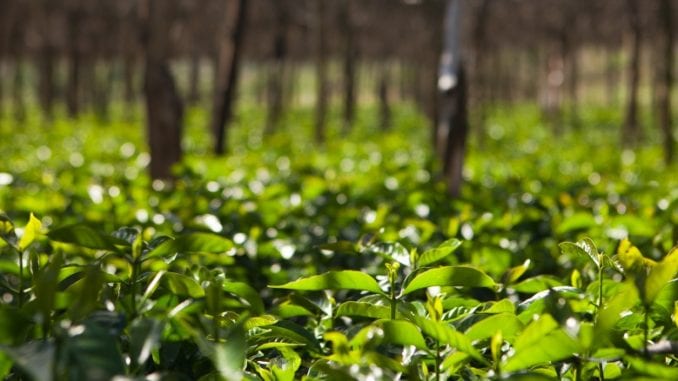
In the first installment of a new series, we explore some basic questions about the famed coffee variety, Gesha.
BY CHRIS RYAN
BARISTA MAGAZINE ONLINE
Photos courtesy of Gesha Village Coffee Estate
The story of Gesha is famous by now: In 2004, a coffee competing in the Best of Panama competition astounded the international jury charged with evaluating it. In a video produced for the 2014 Let’s Talk Coffee conference, a range of veteran coffee professionals—including Boot Coffee’s Willem Boot, Geoff Watts of Intelligentsia Coffee, and Ric Rhinehart of the Specialty Coffee Association—describe the unforgettable experience of tasting Gesha for the first time. Ric puts it this way: “… Cupping through these coffees, and I hit one and I went, ‘Who put the Ethiopian on the table? This is not a Panamanian coffee, clearly.’”
This jasmine-scented, unprecedentedly fruity coffee was the Gesha variety, and the 2004 competition was the world’s introduction to it. This coffee was, in fact, grown in Panama—at the now-infamous Hacienda La Esmeralda in the high elevations of Boquete. Gesha’s high-profile debut spurred an industry-wide obsession with the variety. “Within a handful of years, Gesha was planted all over Panama, and then eventually at farms in Colombia, Guatemala, El Salvador, and Honduras,” says Geoff in the video. “So this one little Gesha tree that ignited people’s imaginations and got people excited in this competition went on to become a global phenomenon.”
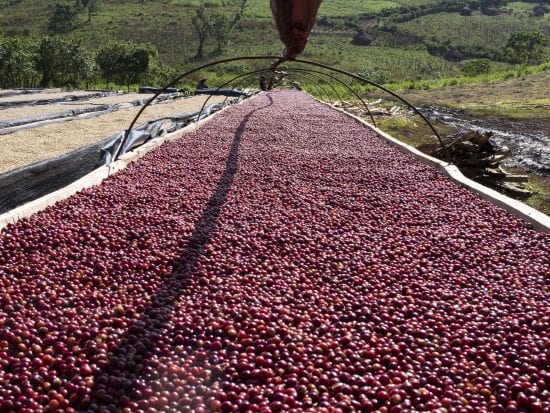
The Gesha variety looms large in our current specialty coffee landscape—high-priced, synonymous with the best quality, and a guaranteed conversation starter. In this new series, we’ll explore the variety’s rise over the last (almost) 15 years and delve into its use in the coffee competition world, where Geshas have become a familiar sight in the final rounds of the World Barista Championship, the World Brewers Cup, and other global contests.
But before we jump into the deep end with Gesha, let’s spend our first installment getting to know the Gesha variety a little better by answering a few questions on its background.
Where did Gesha come from?
Those cuppers at the Best of Panama competition in 2004 detected an Ethiopian coffee on the table, and that’s no accident: The Gesha variety originally hails from Ethiopia’s Gori Gesha forest, as Gesha seedlings were originally collected from Ethiopia in the 1930s by the British Consul Richard Whalley.
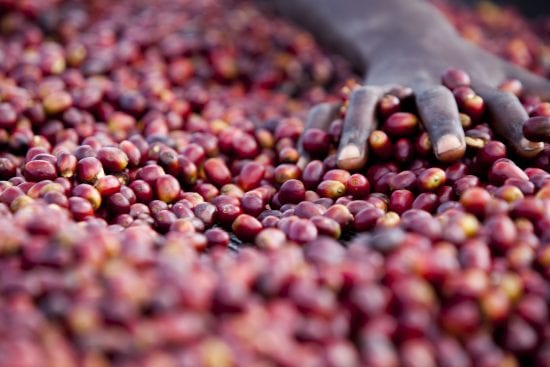
The variety eventually landed at the Tropical Agricultural Research and Higher Education Center (CATIE) in Costa Rica in the 1950s, and in the 1960s a government official from Panama came to CATIE in search of new coffee varieties to try growing in the country. He returned with a handful of varieties and distributed them to farms in Boquete—one of which was Hacienda La Esmeralda. Though the Peterson family who owns Hacienda La Esmeralda wouldn’t discover Gesha’s fantastic quality until much later, this variety migration paved the way for the variety to later be discovered.
In recent years there has been a renewed interest in jumpstarting the production of Gesha in its native Ethiopia, led by a 475-hectare coffee farm called Gesha Village Coffee Estate located about 12 miles from the Gori Gesha forest. Gesha Village’s owners, Adam Overton and Rachel Samuel, took part in an expedition to gather seedlings from the forest; they now grow several versions of Gesha from that expedition with the goal of attaining the highest possible quality. “Gesha is well-known in the industry now for its great quality, but Ethiopia hasn’t been a big part of its story, even though Gesha comes from here originally,” says Rachel. “We’re excited to be helping to develop a specialty market for coffee in the Gesha region so that this amazing coffee is finally available in its birthplace.”
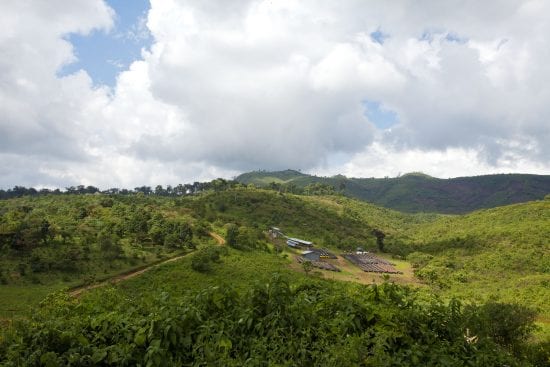
What’s with the spelling of the name—is it Gesha or Geisha?
One of the funny things about Gesha is how difficult it is has become to pin down the “correct” spelling of its name. Read some articles and look at some coffee bags and literature from roasters, and you’re likely to see as many uses of “Gesha” as “Geisha.”
So what’s with the inconsistency? Gesha earned its name for the town in southwestern Ethiopia that birthed it. There is no direct translation from Ethiopian dialects to English, and so the Gesha name has stayed around. However, the story goes that coffee researchers originally labeled the variety as “Geisha”—likely because hearing the name prompted them to use the spelling they knew, which is used for the Japanese entertainers.
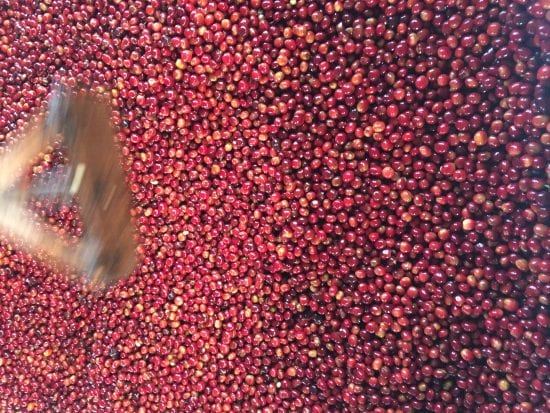
As a result, the coffee industry uses Gesha and Geisha interchangeably. Gesha is perhaps the more technically correct spelling, and it’s the one that will be used in this series.
What’s so great about Gesha, anyway?
So why is so much praise heaped upon this variety? What’s so special about it?
In truth, Gesha is so loved because its cup quality is so high, regularly scoring 90 points and above on the SCA’s 100-point scale used to assess coffee quality. “It has an unbelievable aroma—it’s like a precious perfume, with rose, jasmine, and bergamot notes,” says Willem Boot, who in addition to training coffee professionals via the Boot Coffee Campus operates two Gesha-growing farms in Panama. “In the cup, it has an amazing array of delicate flavors with an unusual lingering aftertaste. You might taste lime, honeysuckle, papaya—it’s always incredibly fruit forward.”
This tantalizing combination has driven coffee professionals mad since Gesha first stepped on the scene, and it has helped make the variety one of the industry’s most demanded coffees.
In our next installment, we’ll look more closely at the variety’s growth since 2004 and how its high prices have impacted how people perceive coffee’s value.


Interesting article, thanks. However, the word infamous is not correct…
in·fa·mous
adjective
well known for some bad quality or deed.
Hi Chris,
I’m a coffee enthusiast from Vietnam. I found this article very helpful for coffee community here and would like to translate it into Vietnamese for our guild for better understanding. Is it possible if I share this post via my facebook and personnal blog along with my Vietnamese translation, and of course full credit of you? If it’s not, please kindly accept my apology for causing you inconvenience. Thank you and I’m looking forward to hearing from you soon.
Hello Trang Nguyen,
Thank you for reading Barista Magazine Online! You are very welcome to share this article with your community in Vietnam.
Come back in the future for more installments in “The Rise of Gesha” series!